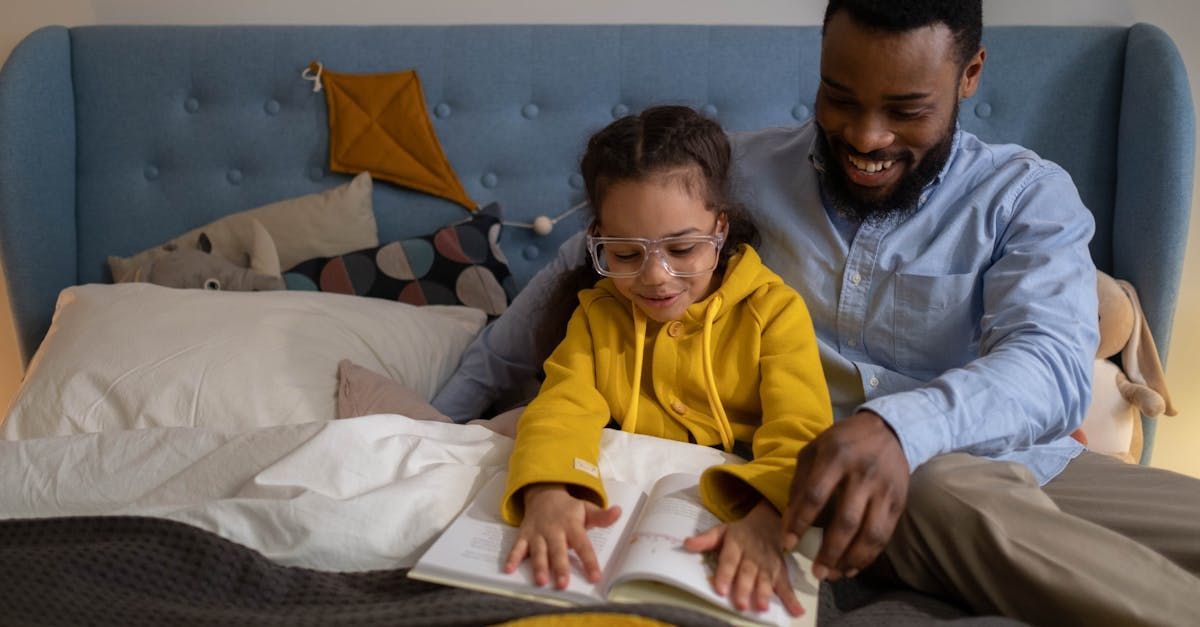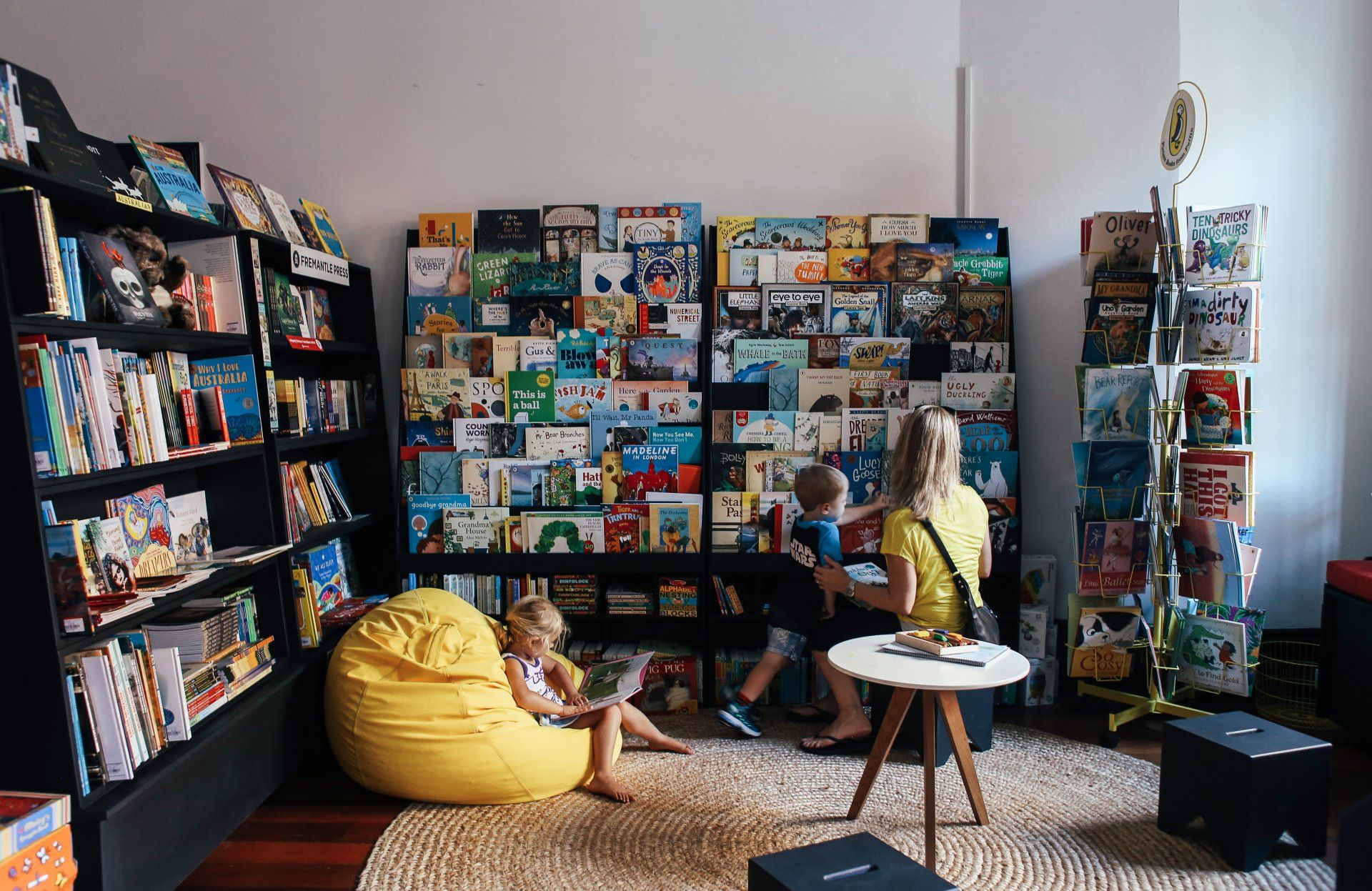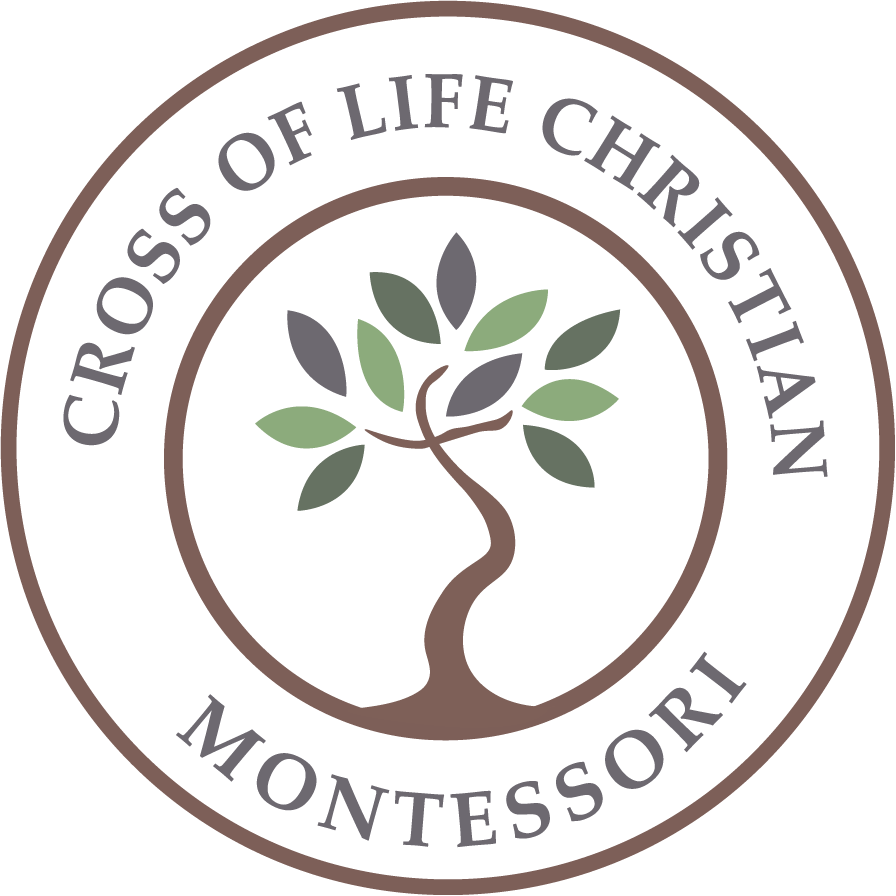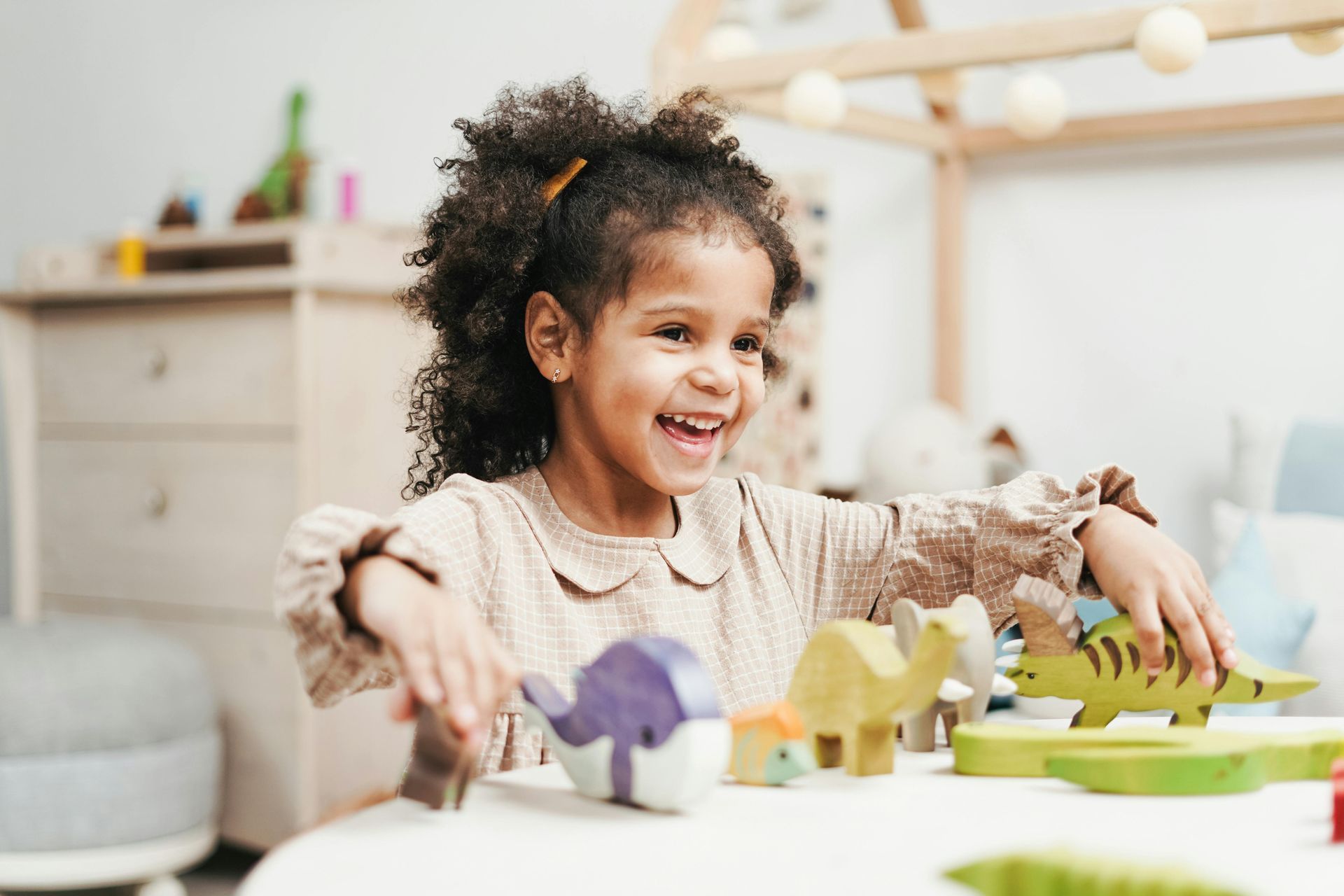
Reading with your child is one of the most impactful practices you can do in the early years.
Book reading is beneficial for children of all ages, starting from birth. Listening to stories helps children grow their emergent literacy skills even long before they can speak. Research shows that reading aloud to children, ideally daily, supports a love of literacy, advanced language development, and future ability to read independently. Additionally, taking the time to read storybooks aloud together also enhances the parent-child bond and supports a variety of cognitive and social-emotional skills, including critical thinking and emotional resilience.
A few reasons for this host of benefits from reading together is that children learn best when their knowledge is scaffolded by an adult. Scaffolding is when an adult adapts their behavior and the way they give instructions based on the knowledge level of the child. Scaffolding is achieved by first recognizing what your child knows, and then providing incremental challenges to help support their learning.
One research-based technique for scaffolding your child’s learning while reading is known as dialogic reading. Dialogic reading is where an adult and child have a meaningful conversation about a book before, during, and after the book. This goes beyond the typical experience of an adult reading while a child simply listens. Through dialogic reading, children are actively involved in learning how to become the storyteller. The goal of dialogic reading is to have the child increasingly lead the reading experience.
The basic structure of dialogic reading is the acronym PEER:
- Prompt the child to talk about the book.
Parent, pointing to a picture of a dump truck: “Ooh, what is that?”
Child: “A truck!”
- Evaluate the child’s response
Parent: “Yes, a dump truck!”
- Expand upon their response by adding information
Parent: “The dump truck is yellow.”
- Repeat the prompt or word to see what they learned from the new information.
Parent: pointing to the dump truck again “Can you say dump truck?”
Child: “A dump truck!”
There are five types of prompts to try out, which you can remember with the acronym CROWD:
- Completion, fill in the blank type questions
“This is a _______ truck”
- Recall, asking your child to remember or summarize something from the story
“Can you tell me what happened to the dump truck in this story?”
- Open-Ended, focused on the images in the book
“Can you describe what’s going on in this picture?”
- Wh- , asking specific what, where, when, why, and how questions
“What is that called?”
- Distancing, asking your child to connect elements of the story or pictures to their real-life experiences
“This book was about a dump truck! Do you remember when a dump truck came to our house? Did it look like any of the trucks in this book?”
To practice dialogic reading, try reading a new book to your child. Read it once through, while pointing to interesting images and encouraging your child to repeat new words. The next time you read the book, you can scaffold their knowledge by practicing the PEER method. Ask increasingly complex questions about the book. As you read the same book multiple times, you will start to read the words on the pages less as your child engages in conversation around the story more and more. It’s an incredible thing to witness!
A few more ideas for making reading aloud a central and enjoyable practice for the whole family are :
- Create family routines around reading aloud to ensure it is part of your child’s day. Many families choose to incorporate books into the bedtime routine
- Read both fiction and nonfiction books, including different genres, with rich illustrations
- Choose books connected to your child’s cultural background and ethnicity
- Follow your child’s interests and explore topics that they enjoy through literature
- Pay attention to your child’s behavior while reading and adjust as necessary
- Utilize your local library to access countless options for both board and picture books

To inspire you with new ideas for books to read at home, we’re excited to share some of our own Cross of Life Montessori teachers’ favorite books! Check out their recommendations, and other books by their favorite authors, for a delightful reading treat.
Miss Oana (Toddler Teacher)
- Alphabet City - Stephen T. Johnson
- Little Blue Truck - Alice Schertle (the whole series)
- Otis - Loren Long (the whole series)
- The Very Busy Spider - Eric Carle
- The Mitten - Jan Bret
- Where the Wild Things Are - Maurice Sendak
- Pig in a Barrow - Burt Kitchen
Miss Oksana (Primary Teacher)
Books for child participation when reading aloud:
- To Market, To Market - Anne Miranda
- Is Your Mama a Llama? - Deborah Guarino
- Silly Sally - Audrey Wood
Books that build off of the previous page:
- The Napping House - Audrey Wood
- A Giraffe and a Half - Shel Silverstein
Books that are rich in language:
- Pandamonia - Chris Owen and Chris Nixon
- Slowly, Slowly, Slowly Said the Sloth - Eric Carle
Books that are outrageous:
- King Bidgood’s in the Bathtub - Audrey Wood
- The Magic Hat - Mem Fox
- Stuck - Oliver Jeffers
Miss Tracy (Primary)
- Wemberly Worried - Kevin Henkes
- Lily’s Purple Plastic Purse - Kevin Henkes
- The Corduroy Series (Corduroy, A Pocket for Corduroy, Corduroy Lost and Found, Corduroy Goes to School, and others.) - Don Freeman
- Sylvester and the Magic Pebble - William Steig (and many other books by him)
- Anything and everything written by Eric Carle!
Miss Stefanie (Director)
- Mama, Do You Love Me? - Barbara Joosse
- The Napping House - Audrey Wood
- Time For Bed - Mem Fox
- Wilfrid Gordon McDonald Partridge - (out of print but can find used) Mem Fox
- Going on a Bear Hunt - Michael Rosen
- Brown Bear, Brown Bear - Eric Carle
- Good Dog, Carl - Alexandra Day
- A Light in the Attic/Where the Sidewalk Ends - Shel Silverstein (for older children)
- Books from Lovevery (for toddlers)
References:
Ard, L. M., & Beverly, B. L. (2004). Preschool word learning during joint book reading: Effect of adult questions and comments. Communication
Disorders Quarterly, 26(1), 17-28.
Blewitt, P., Rump, K. M., Shealy, S. E., & Cook, S. A. (2009). Shared book reading: When and how questions affect young children's word learning.
Journal of Educational Psychology, 101(2), 294.
Lever, R., & Sénéchal, M. (2011). Discussing stories: How a dialogic reading intervention improves kindergarteners’ oral narrative
construction. Journal of Experimental Child Psychology, 108, 1-24. doi: 10.1016/j.jecp.2010.07.002
Mol, S. E., & Bus, A. G. (2011). To read or not to read: A meta-analysis of print exposure from infancy to early adulthood. Psychological Bulletin,
137(2), 267–296.
Morrow, L. M. (1985). Reading and retelling stories: Strategies for emergent readers. The Reading Teacher, 38(9), 870-875.
Pillinger, C., & Vardy, E. J. (2022). The story so far: A systematic review of the dialogic reading literature. Journal of Research in Reading, 45(4),
533-548.
Sénéchal, M., & LeFevre, J. (2002). Parental involvement in the development of children's reading skill: A five-year longitudinal study. Child
Development, 73(2), 445–460.
Strasser, K., Larraín, A., & Lissi, M. R. (2013). Effects of storybook reading style on comprehension: The role of word elaboration and
coherence questions. Early Education & Development, 24(5), 616-639.
Towell, J. L., Bartram, L., Morrow, S., & Brown, S. L. (2021). Reading to babies: Exploring the beginnings of literacy. Journal of Early Childhood
Literacy, 21(3), 321-337.
Towson, J. A., Fettig, A., Fleury, V. P., & Abarca, D. L. (2017). Dialogic reading in early childhood settings: A summary of the evidence base.
Topics in Early Childhood Special Education, 37(3), 132-146.


